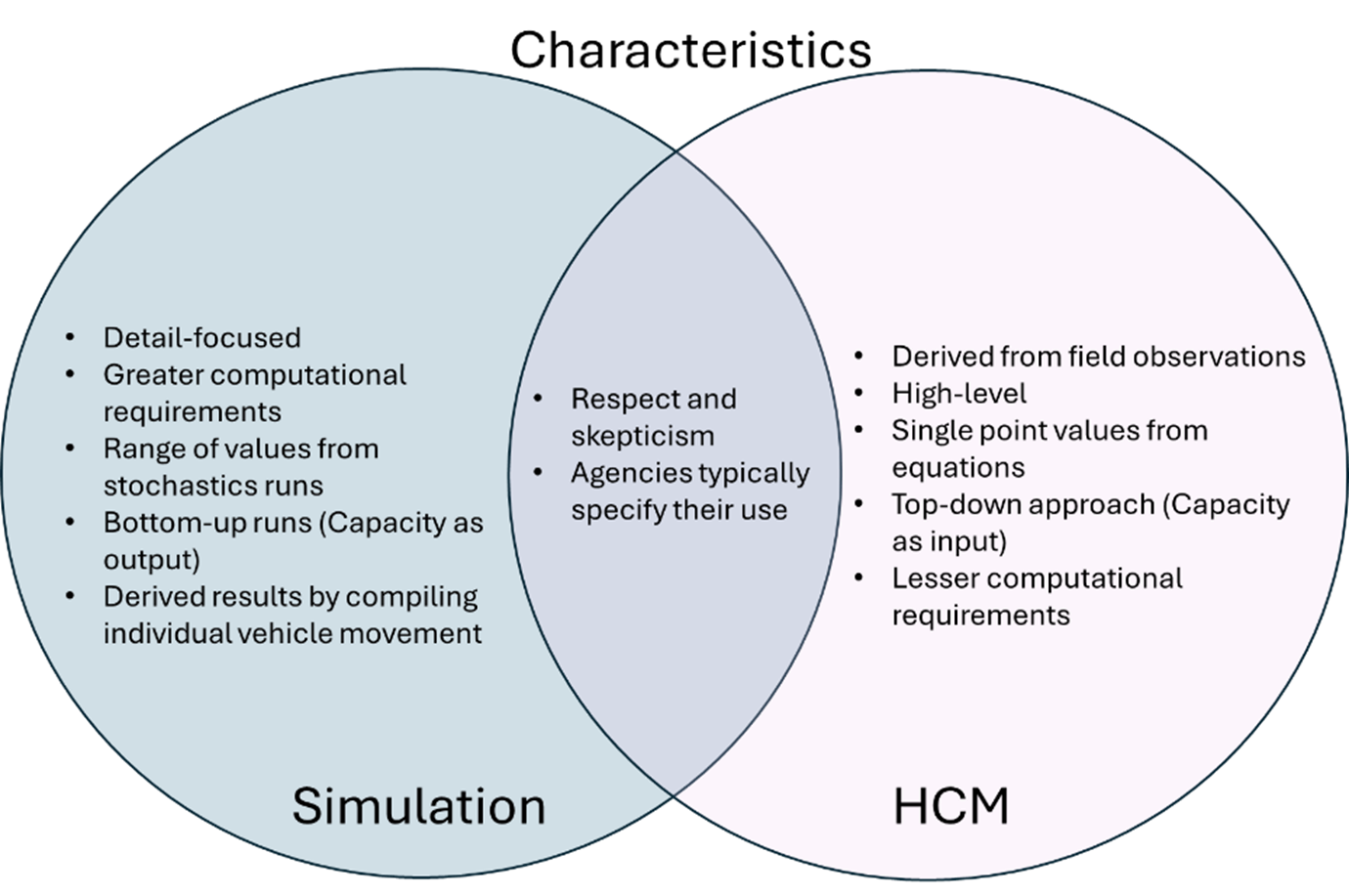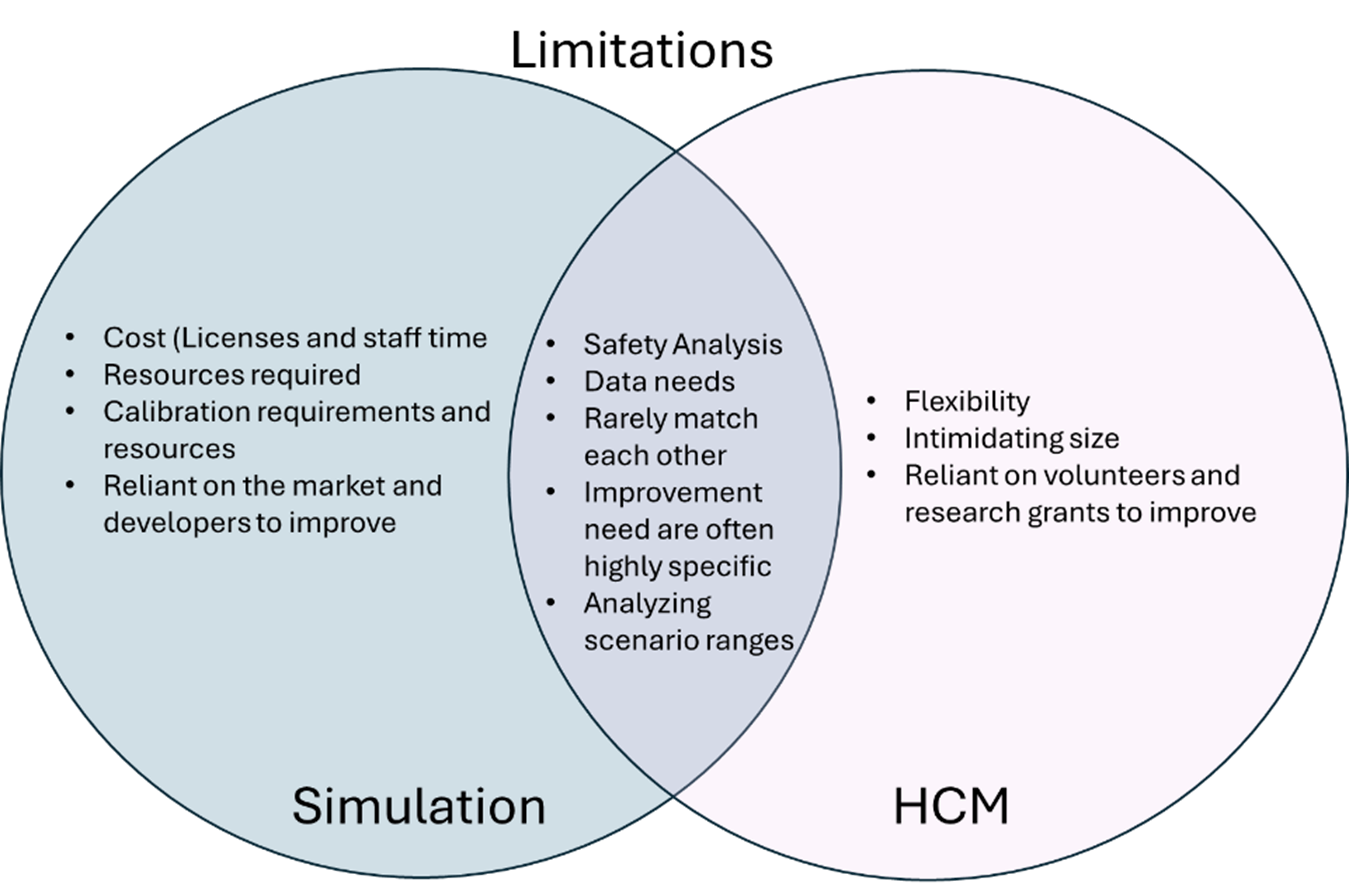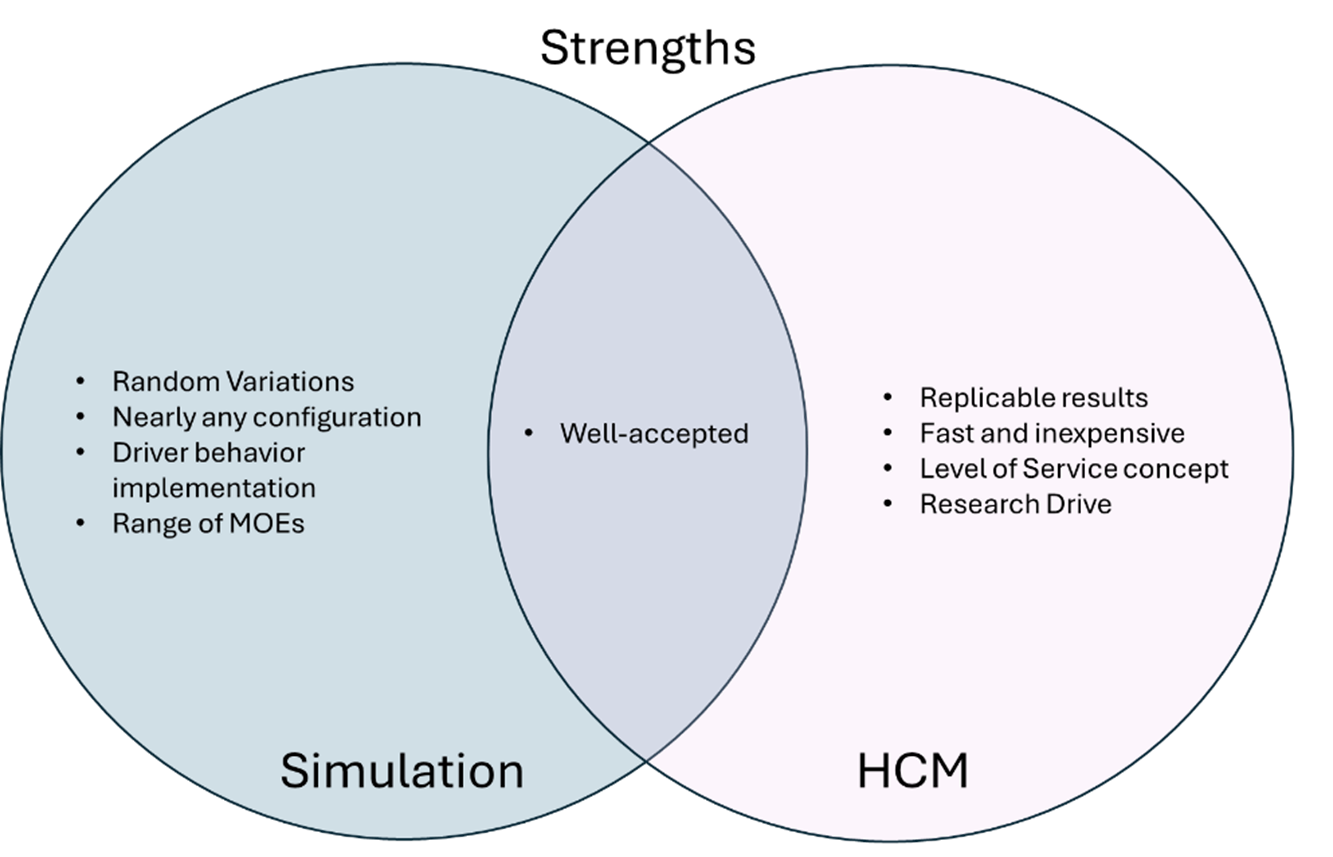The mid-year meeting of the TRB Standing Committees on Highway Capacity and Quality of Service (ACP40) and Traffic Simulation (ACP80) was a joint event held in Raleigh, NC, August 6-7. This meeting provided a great opportunity to discuss the synergies, differences, and common challenges between HCM, Simulation, and other Data analysis.
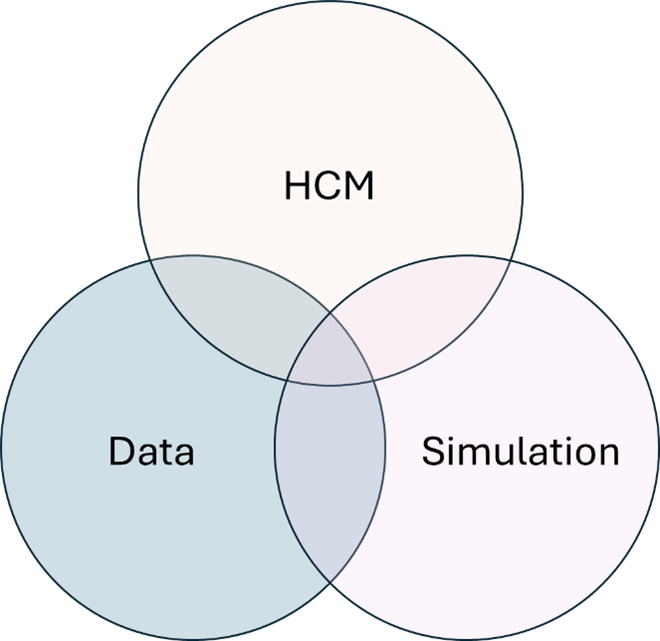
Innovative Approaches in Traffic Modeling and Data Structures
On the first day of the meeting, several conference sessions focused on discussing projects that implemented various approaches and introduced innovative data structures. These sessions covered topics such as the application of the General Modeling Network Specification (GMNS) in large-scale projects, the use of cluster analysis to enhance prediction accuracy, and the development of new models to incorporate the stochastic nature of traffic operations within traditionally deterministic frameworks.
The discussion regarding the implementation of Cluster analysis on transportation provided a new approach to identify what does the term “usual day” mean when transportation engineers might collect data for their studies. Cluster analysis divide the data into different clusters minimizing the variance of each one of them, and providing more accurate results. Some commonly used cluster techniques are K-means, hierarchical clustering, and expectation maximization.
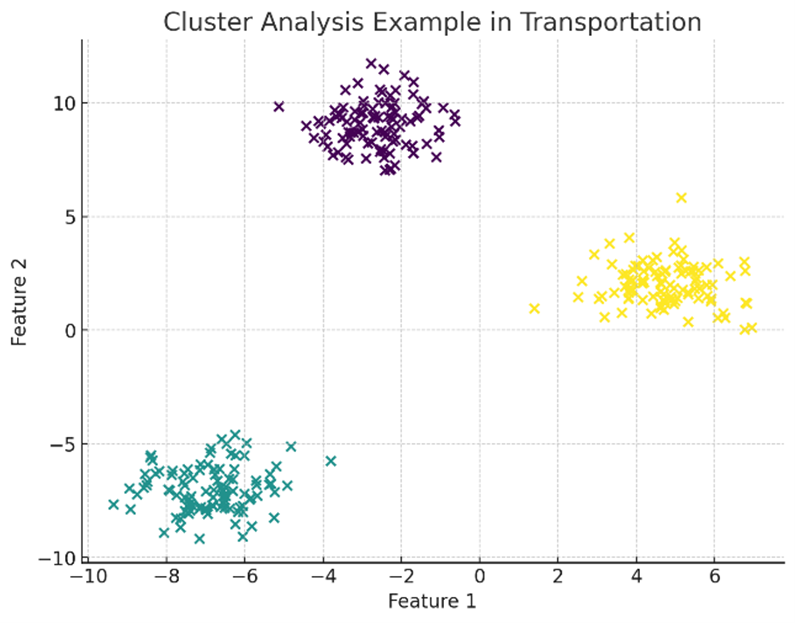
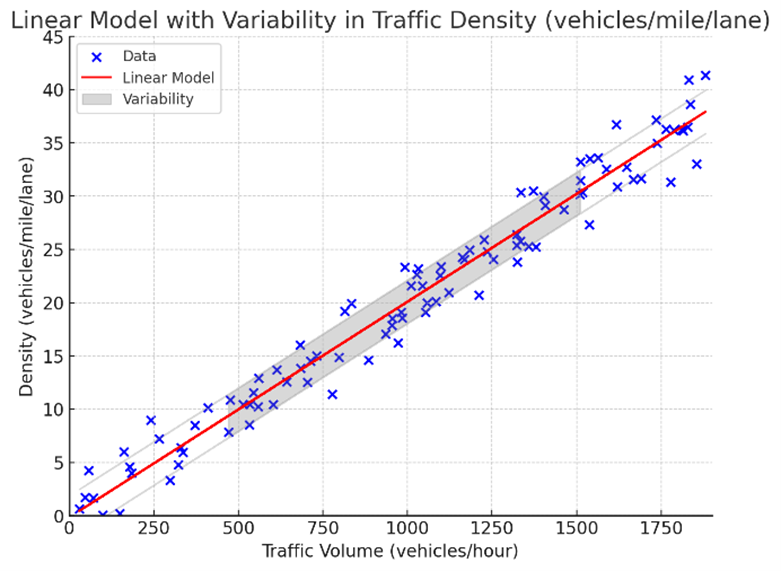
Note: This figure is for illustrative purposes only and does not represent actual data.
HCM vs Simulation
During this meeting participants engaged in an interactive discussion to create Venn diagrams highlighting the strengths, limitations, and characteristics of HCM and simulation.
Use the right and left arrows below to view all the Venn diagrams.
Note: All rights reserved for the Venn diagrams related to ACP40 and ACP80.
In the end, both HCM and microsimulation can complement rather than compete with each other. In addition, with the increasing use of big data in transportation analysis, a new approach is emerging as a competitor to traditional simulation and HCM methods.
Updated HCM Chapters
Another highlight of the event was the approval of the new methods to evaluate freeway weaving, merge and diverge configurations by the ACP40 committee (Chapter 13, 14, 27 and 28). These new methods provide new approaches to evaluate these facilities as well as define a new and simpler method to evaluate them.
HCS users can expect these new methods to be available on our next release, HCS 2025, along with new great features.


